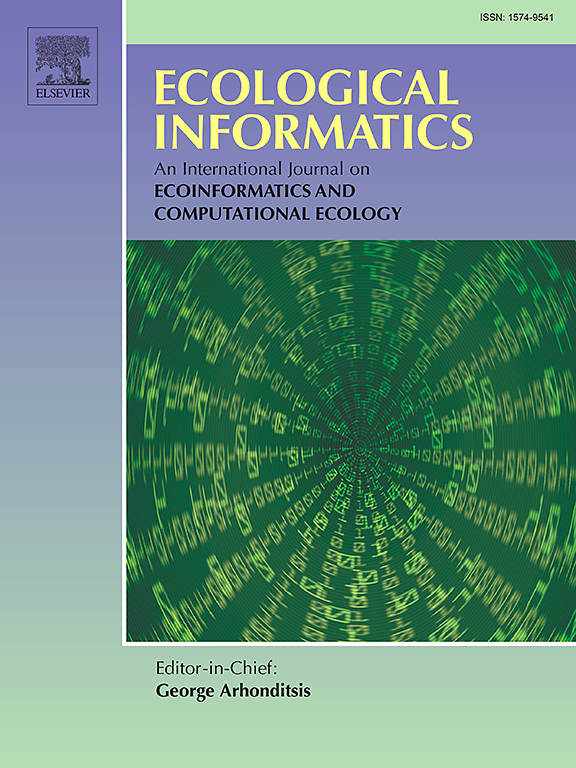A spatiotemporal optimization engine for prescribed burning in the Southeast US
IF 5.8
2区 环境科学与生态学
Q1 ECOLOGY
引用次数: 0
Abstract
Many ecosystems in the Southeast US are dependent upon frequent low-intensity surface fires to sustain native biodiversity, ecosystem services, and endangered species populations. Today, landscape-scale prescribed fire is required to manage these systems for conservation objectives and to mitigate wildland fire risk. Successful application of prescribed fire in this region requires careful planning and assessment of the risks and tradeoffs involved when deciding whether or not to conduct a burn. Many of these risks are closely tied to ambient environmental conditions and are reflected in sets of ‘prescription’ parameters that define safe and effective operating conditions to meet objectives or regulatory requirements. To facilitate effective decision making and acknowledge growing uncertainties related to climate change effects on wildland fire operations, we developed a spatiotemporal optimization engine to identify near-term optimal burning opportunities for prescribed fire implementation. By mining historical 3-day numerical weather forecasts and observation-based weather data for 2015–2021, we have developed a Bayesian hierarchical model for forecast verification that provides calibrated daily weather forecasts and joint uncertainty estimates on meteorological variables of interest, with the latter serving as a measure of risk associated with prescribed fire activities. Burn allocation decisions are then optimized by considering this risk jointly with the utility of burning a particular habitat parcel. The initial iteration of the optimization engine is demonstrated through a case study of short-term meteorological conditions for the Eglin Air Force Base, located in Florida, USA. Results indicate agreement between the optimization engine and the observed past decision-making, with the largest divergences likely arising primarily from differences between utility functions presumed important and used to develop the optimization engine versus the true utility functions driving management behavior in practice.
求助全文
约1分钟内获得全文
求助全文
来源期刊

Ecological Informatics
环境科学-生态学
CiteScore
8.30
自引率
11.80%
发文量
346
审稿时长
46 days
期刊介绍:
The journal Ecological Informatics is devoted to the publication of high quality, peer-reviewed articles on all aspects of computational ecology, data science and biogeography. The scope of the journal takes into account the data-intensive nature of ecology, the growing capacity of information technology to access, harness and leverage complex data as well as the critical need for informing sustainable management in view of global environmental and climate change.
The nature of the journal is interdisciplinary at the crossover between ecology and informatics. It focuses on novel concepts and techniques for image- and genome-based monitoring and interpretation, sensor- and multimedia-based data acquisition, internet-based data archiving and sharing, data assimilation, modelling and prediction of ecological data.
 求助内容:
求助内容: 应助结果提醒方式:
应助结果提醒方式:


